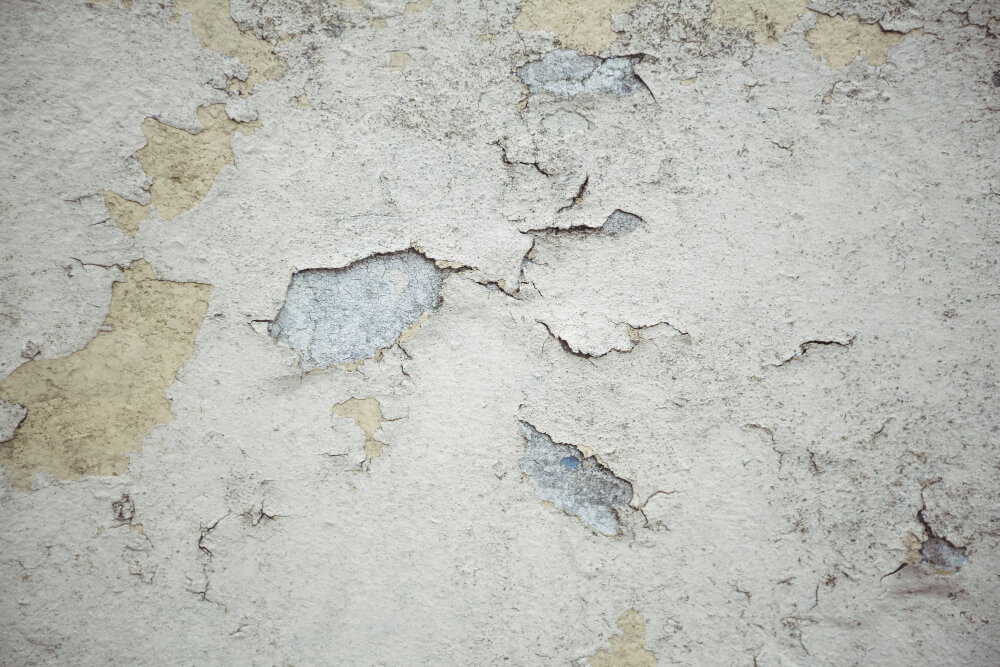Renting a property in California involves a delicate balance between the rights and responsibilities of both landlords and tenants.
One key area that often sparks debates and misunderstandings is the concept of “normal wear and tear” and its implications on property maintenance and security deposit deductions.



In this blog, we’ll address the issue of what is considered normal wear and tear and who should pay for it.
Wear and Tear On Rental Property in California:
The term “normal wear and tear” describes the slow degradation of a property over time as a result of regular, everyday use, devoid of tenant abuse, neglect, or carelessness.
It is critical to distinguish between the expected consequences of regular residence and damage resulting from carelessness or overuse.
Generally, the extent of the damage and the length of time the tenant occupied the property determine whether it is normal wear and tear or it is severe damage.
For the normal wear and tear the cost is borne by the landlord.
For example:
- If the tenant occupied the property for four years and there are a few nail holes in the walls, then it is normal wear and tear. However, if the holes are much bigger it is not normal wear and tear, and the landlord can demand compensation from the tenant.
- If the tenant occupied the property for two years and there is a gradual wearing of appliances due to regular use, such as slightly faded buttons on a microwave. But if broken or damaged appliances are due to misuse or negligence, such as a cracked microwave door due to mishandling then it is not considered normal.
- If the rugs and mats are strained and completely worn out, and the tenant occupied the property for eight years then it is considered a normal wear and tear because the rugs and carpets are meant to be replaced in 8-10 years.
- Items that are exposed to usage most of the time like cabinets, windows, blinds, curtains, etc are the ones that will mostly have normal wear and tear like loose cabinets and handles, hinges and faded blinds, carpets, and blinds.
Importance of understanding normal wear and tear for landlords and tenants
It is crucial for both landlords and tenants to understand normal wear and tear if they are to maintain a positive rental experience and avoid disputes. Wear and tear refers to the natural degradation of a property over time, which is distinct from damage due to negligence, misuse, or intentional actions.
Having a basic understanding of normal wear and tear helps landlords set realistic expectations for property maintenance and determine what expenses are the tenant’s responsibility versus routine maintenance. The landlord can maintain a good relationship with tenants by recognizing normal wear and tear and avoiding unnecessary deductions from security deposits. Additionally, landlords can use their knowledge of normal wear and tear to plan for property renovations and budget accordingly.
It is equally important for tenants to understand normal wear and tear so that they can adhere to their lease obligations and keep the property in good condition. When tenants understand what constitutes normal wear and tear, they can avoid disputes with landlords over security deposit deductions and ensure a smooth transition at the end of their lease. By reporting maintenance issues promptly and practicing proper maintenance, tenants can also prevent excessive wear and tear.
So, a clear understanding of normal wear and tear promotes transparency, reduces conflicts, and fosters a positive rental experience for both landlords and tenants. It encourages open communication, mutual respect, and responsible stewardship of rental properties, ultimately contributing to a harmonious landlord-tenant relationship.
Implications for Security Deposits
In California, security deposits are a significant aspect of rental agreements.
Landlords can deduct from the security deposit for repairs beyond normal wear and tear and should ensure a fair refund process.
However, they must provide an itemized statement of deductions along with receipts or invoices for the work done.
Tips for Landlords and Tenants
For landlords:
- Document the property’s condition before a tenant moves in and after they move out to compare any changes.
- Communicate clearly with tenants about what is expected in terms of property maintenance.
For tenants:
- Take inventory of the property’s condition when moving in and report any existing damages to the landlord.
- Maintain the property reasonably and conduct minor repairs as necessary to prevent issues from escalating.
Bottom Line:
Understanding what constitutes normal wear and tear is essential for both landlords and tenants.
It helps in maintaining a fair and harmonious rental relationship.
Clarity in communication and documentation regarding property conditions can mitigate conflicts and ensure a smooth transition during move-outs.
Ultimately, a collaborative effort between landlords and tenants in acknowledging and addressing normal wear and tear can foster a more transparent and amicable renting experience for all parties involved.




